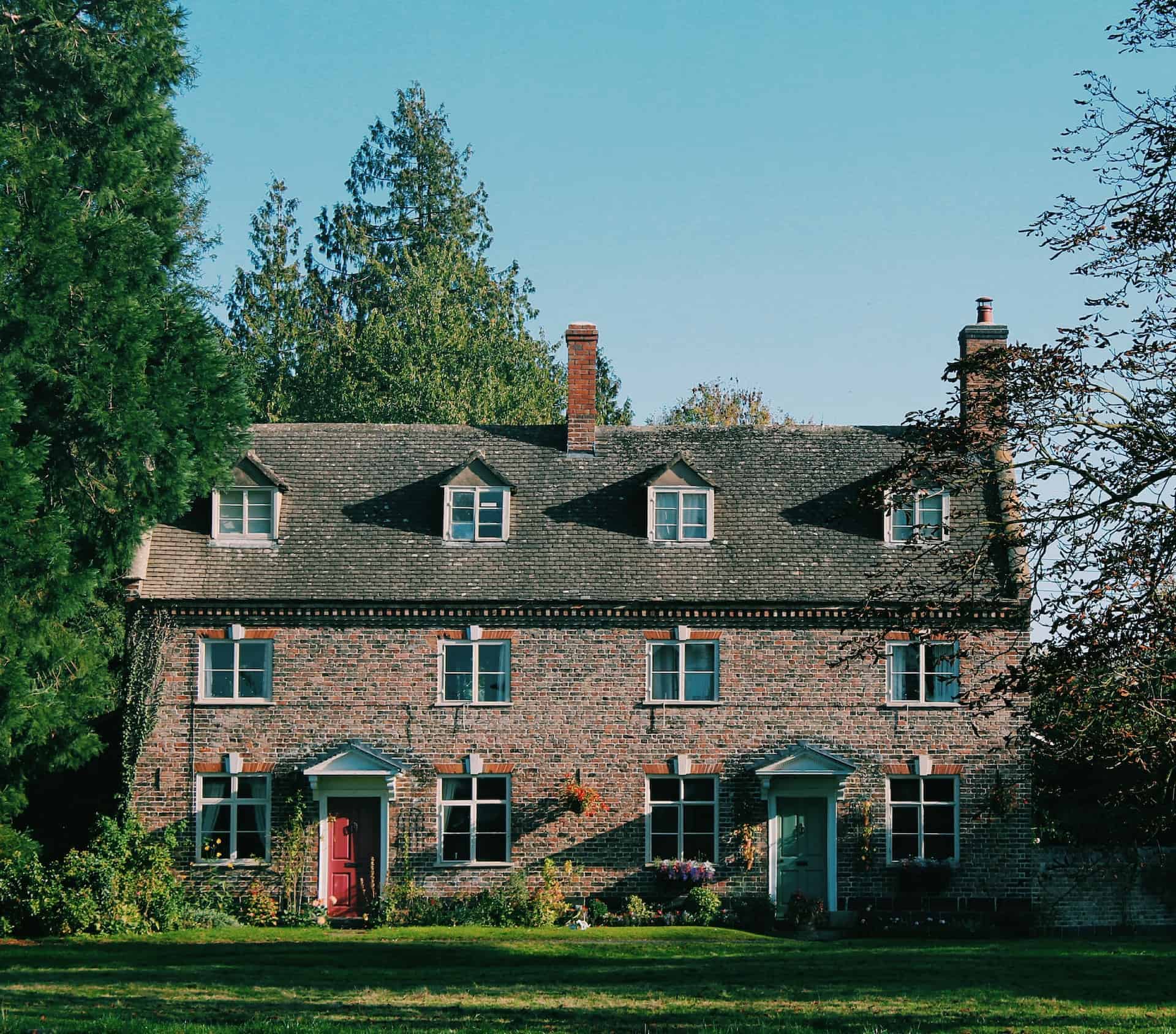Old buildings are often viewed as grandma’s china on the shelf: to be looked at, but not touched. However, as the price of land, labour and materials becomes more expensive and less available we’re seeing the redevelopment of heritage sites happening more often.
The listed building process is one of the best tools we have for protecting those assets, which in theory enables us to retain and protect a historic building while continuing to use it. However, we need a more robust and pragmatic approach to listed assets.
So, how do we sympathetically develop listed buildings? Understanding how and why a property was built is key to us as Chartered Building Surveyors. Development of heritage properties can and should be done, with a pragmatic approach taken, sympathetic to the history of the building and hand in hand with the local authority.
Read on to learn more about the current process for development of listed buildings, how we think they should be developed in the future, and some ideas for sympathetically restoring and developing your own heritage property.
How Do Local Authorities Deal With Listed Buildings?
There is often a fine line between preservation of a building’s historic fabric and a structure which is no longer financially, operationally or environmentally viable. But what happens when a building can’t be adapted for modern use within the current framework of conservation protection? All too often we see the listing intended for the building’s protection become its pending death certificate.
The ever growing buildings at risk register is the canary in the coal mine, which despite the fantastic efforts of heritage groups, volunteers, enthusiasts and trusts continues to increase its numbers year on year. The Historic England buildings at risk register can be found by visiting this link.
What Issues Occur When Developing Listed Buildings?
Listed buildings often provide a strikingly visual and sometimes more subtle less tangible record of our history, who we were and how we did things. They connect us to the places we visit and often the people we meet.
However, the old ways often aren’t compatible with modern use. The staircases are too narrow or steep to provide safe access, fire ratings can’t be achieved, the floor joists are undersized: but under current practices if listed these elements be preserved in perpetuity at all costs.
This often leads to a hybrid situation where redundant elements of the structure are retained in situ alongside new working elements, creating an expensive and cumbersome Frankenstein of a building which owners and operators must deal with.
Many elements of buildings were re-used from other buildings, timbers from ships, stone from places of worship for example. Things were done this way because they were practical, economical and suitable for use at the time.
A lack of understanding of old buildings often leads to a misdiagnosis of underlying issues and the use of unsuitable materials in renovation and development such as; cement mortar, chemical damp proofing, tanking or waterproofing, and PIR insulation. Understanding the building’s fabric is essential to then understand its development.
How Should Listed Building Owners Approach Developing & Renovating Heritage Properties?
Perhaps instead of retaining the fabric of a building in the manner you might a museum piece, or on the other hand rushing to the use of unsuitable modern materials, we should be considering the philosophy which constructed these buildings.
Installing solar panels out of sight, introducing sympathetic insulation, sympathetic double glazing, reuse of redundant elements elsewhere within the building are all alterations which could be suitable in certain situations and surely a better compromise than the alternative: doing nothing at all.
Wouldn’t this be a better continuation of a building’s story than the fate we have assigned to many heritage sites, left to decay until there is no history left to save.
With current regulations restricting development of listed buildings, it can be difficult to navigate renovations. However, there are still many ways to develop your listed building, and funding pots available to help you do so. Our listed building surveyors worked with residential and commercial owners and operators across Yorkshire and the North West, developing all manner of heritage properties from private residential to school buildings and high street shops.
Rely On Fourth Wall’s Listed Building Surveyors
So whilst current regulations can make it a little more tricky to renovate a listed building, as Chartered Building Surveyors we can bring our experience and expertise to help you navigate this, understand your property, and move forward with developing your heritage property. Get in touch with our team of surveyors to start a conversation about your property, be that for a building survey, architectural services, project management, or anything in between.
Listed Building FAQs
What is a Listed Building and How Does a Property Become Listed?
Listed buildings are usually of historical interest or offer unique features which need to be preserved. Most listed buildings are those built before 1700 and up to 1850 – providing they are similar to their original condition. View more information from Historic England here.
Do You Need a Building Survey For a Listed Property?
Yes you do. If you are planning to purchase a listed property, it is recommended that you get a building survey, ideally a RICS Level 3 survey. This will enable you to get a clear picture of the properties condition, any issues detected, as well advice on remedial works. Find out more about Fourth Wall Bespoke Building Surveys here.
What Permissions Are Needed When Developing Listed Buildings?
It is likely you’ll need planning permission, either a complete planning application or building consent, before developing your listed property. Visit the Historic England site to learn more about listed building permissions needed here.
What Can You Do To a Listed Building Without Consent?
The Listed Buildings and Conservation Areas Act of 1990 states that it is against regulations to demolish or alter any part of a building’s character without permission. Anything more than general maintenance (think repainting walls, or repairing cupboard doors) requires consent. This even includes things that may not be visible, such as installing double glazing within your windows if that wasn’t there beforehand.
How Do You Check if a Building is Listed?
You can complete a search on the National Heritage List for England (NHLE) to check for a listed building.
To learn how we write and review our content for accuracy, take a look at our Editorial Policy.




